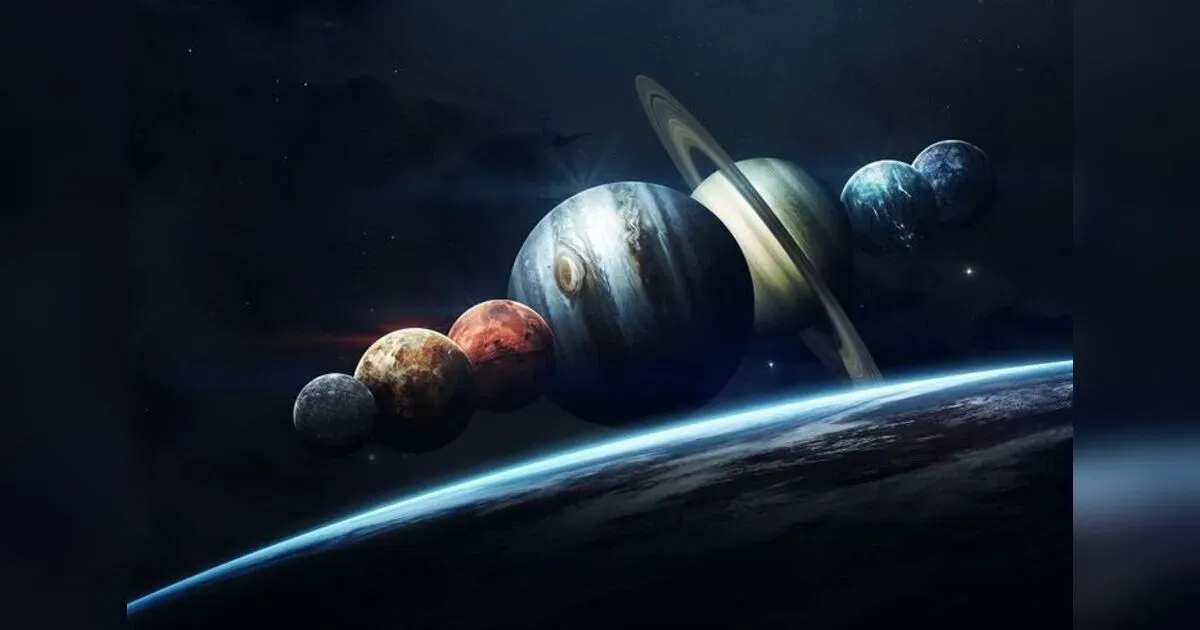Dive into an exciting adventure through the history, missions, and future of space exploration. From the pioneers of space exploration to notable missions and discoveries, we delve into the technological advancements that have shaped our world.
The universe, with its vast expanse and countless wonders, has captivated human imagination for centuries. In this article, we embark on an extraordinary journey into the cosmos, exploring the mysteries that lie beyond the stars. From the birth of stars to the enigma of black holes, from the search for extraterrestrial life to the future of space exploration, get ready to expand your cosmic knowledge and experience the awe-inspiring beauty of the universe.
The universe is an unimaginably vast expanse, stretching billions of light-years in every direction. We'll delve into mind-boggling concepts like the cosmic web, which connects galaxies across the universe, and the mind-expanding distances measured in light-years.
Stars, the celestial powerhouses of the universe, are born from the collapse of interstellar clouds. We'll explore the intricate process of star formation, from the gravitational collapse to the ignition of nuclear fusion, and the factors that determine a star's size, color, and lifespan.
Stars, like living entities, go through various stages of evolution. We'll journey through the main sequence, where stars spend the majority of their lives, to the red giants, supernovas, and even the remnants of stellar death, such as white dwarfs and neutron stars.
Black holes, the cosmic enigmas, are regions of space where gravity is so intense that nothing, not even light, can escape. We'll explore the formation of black holes, their different types, and the mind-bending phenomena that occur near their event horizons.
The discovery of exoplanets, planets outside our solar system, has opened up a new frontier in the search for life beyond Earth. We'll discuss the methods used to detect exoplanets and the ongoing efforts to find habitable worlds and signs of extraterrestrial life.
Humanity's desire to explore the vastness of space has led to remarkable advancements in space exploration. We'll dive into the history of space exploration, from the first human steps on the moon to the current missions
The universe is an unimaginably vast expanse, stretching billions of light-years in every direction. We'll delve into mind-boggling concepts like the cosmic web, which connects galaxies across the universe, and the mind-expanding distances measured in light-years.
Stars, the celestial powerhouses of the universe, are born from the collapse of interstellar clouds. We'll explore the intricate process of star formation, from the gravitational collapse to the ignition of nuclear fusion, and the factors that determine a star's size, color, and lifespan.
Stars, like living entities, go through various stages of evolution. We'll journey through the main sequence, where stars spend the majority of their lives, to the red giants, supernovas, and even the remnants of stellar death, such as white dwarfs and neutron stars.
Black holes, the cosmic enigmas, are regions of space where gravity is so intense that nothing, not even light, can escape. We'll explore the formation of black holes, their different types, and the mind-bending phenomena that occur near their event horizons.
The discovery of exoplanets, planets outside our solar system, has opened up a new frontier in the search for life beyond Earth. We'll discuss the methods used to detect exoplanets and the ongoing efforts to find habitable worlds and signs of extraterrestrial life.
Humanity's desire to explore the vastness of space has led to remarkable advancements in space exploration. We'll dive into the history of space exploration, from the first human steps on the moon to the current missions


























